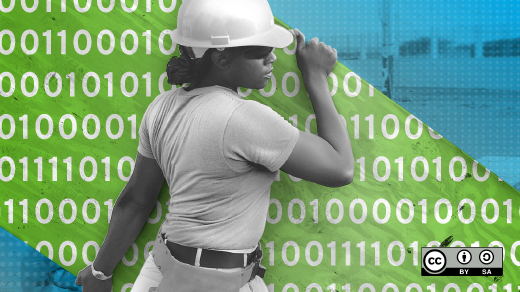Containers are run in the cloud. That's because container technology allows websites and web apps to spawn fresh copies of themselves as demand increases. They're the reason hundreds of millions of people can use popular sites without those sites buckling under the pressure of global traffic.
Containers are a Linux technology, meaning that they rely on code (specifically cgroups and namespaces) unique to the Linux kernel, so when you run a container, you're running Linux. Using container images from sites like quay.io and dockerhub.io, most people build new containers specific to their application or use case.
But that makes some people wonder: If my container comes from a developer building on top of another developer's container, where do those containers come from? Don't worry, it's not turtles all the way down. You can build a container from scratch, and there's a great open source tool called Buildah to help you do it.
See
Build your own container on Linux#
technology #
opensource #
linux #
containers #
cloud 
Containers are run in the cloud. That's because container technology allows websites and web apps to spawn fresh copies of themselves as demand increases. They're the reason hundreds of millions of people can use popular sites without those sites buckling under the pressure of global traffic. Containers are a Linux technology, meaning that they rely on code (specifically cgroups and namespaces) unique to the Linux kernel, so when you run a container, you're running Linux.